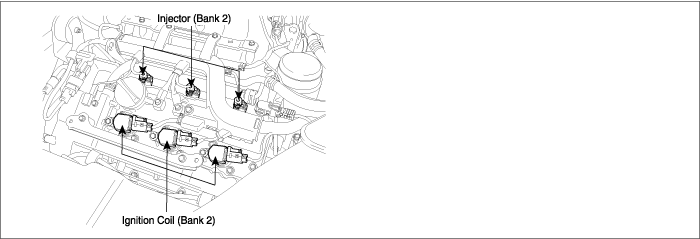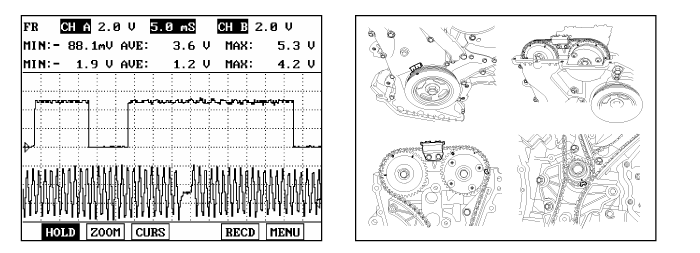Is the power balance test done?

▶ If injector connector for power balance test is disconnect for over 46 sec., this can cause DTC relating to misfire. Stop the test and connect it and delete DTC and then go to "Verification of Vehicle repair" procedure.
▶ If power balance test is finished within 46 sec., go to next procedure.

▶ Go to "Monitor scantool data" as follows.



